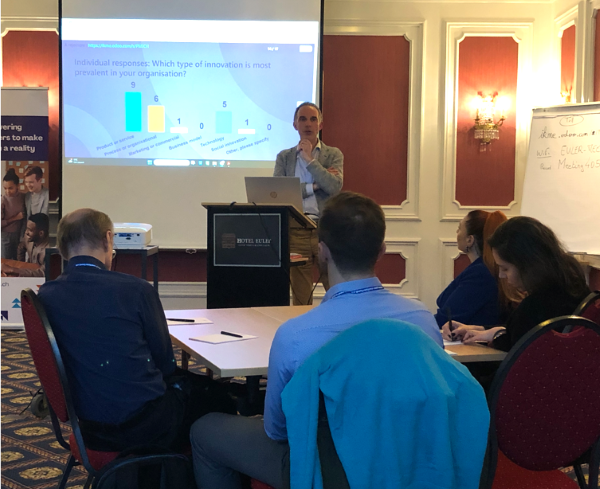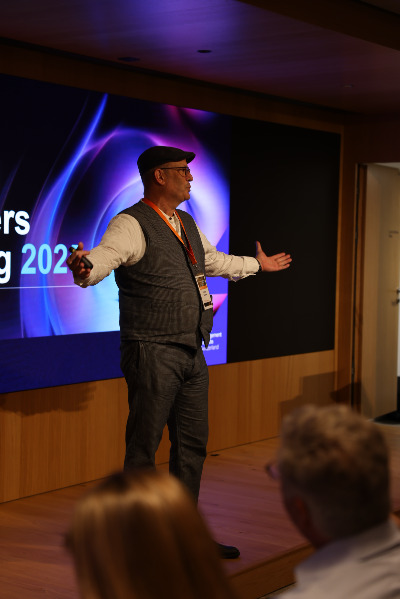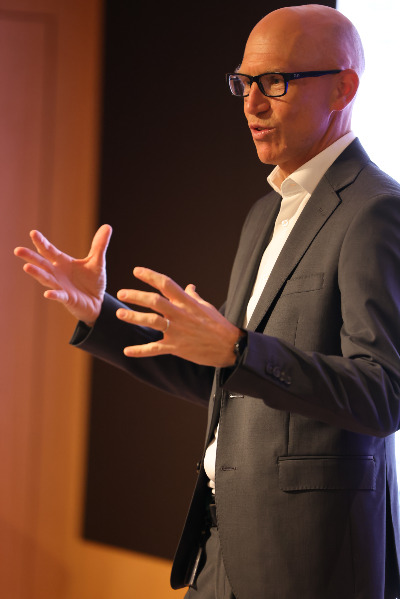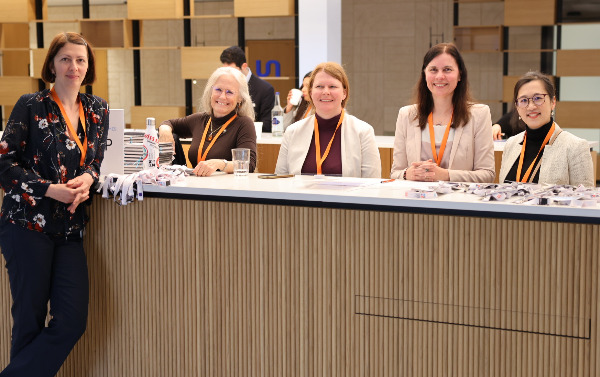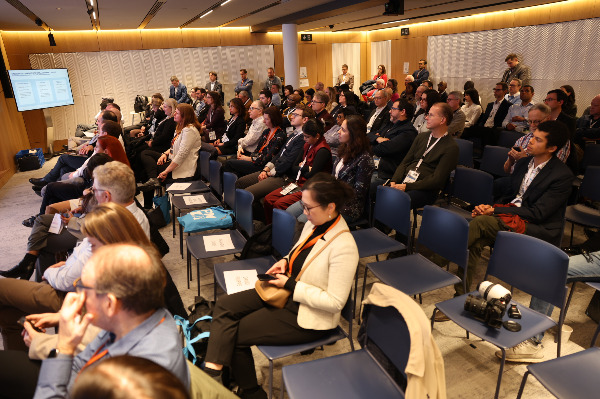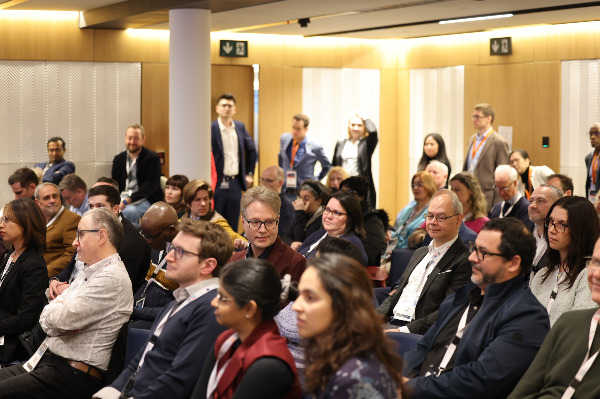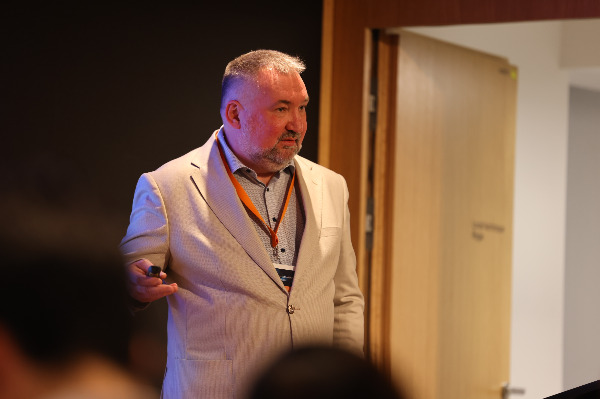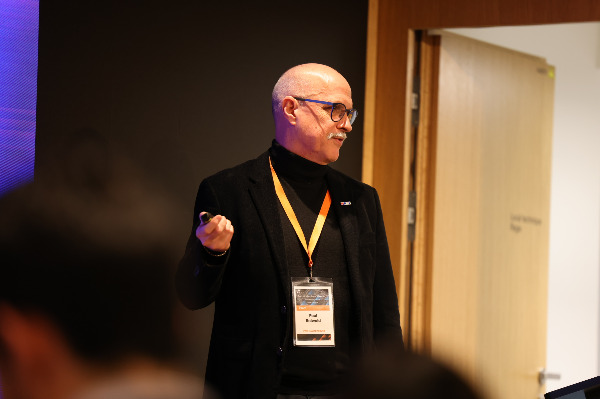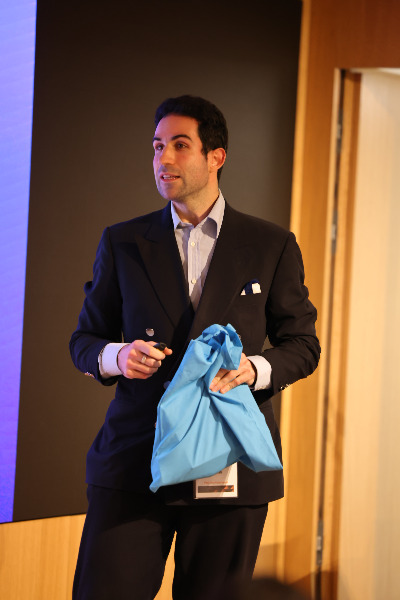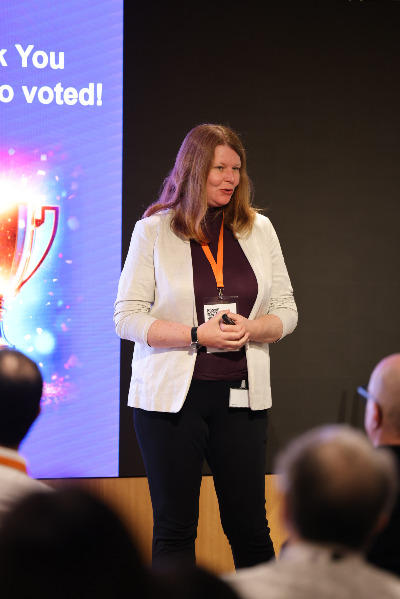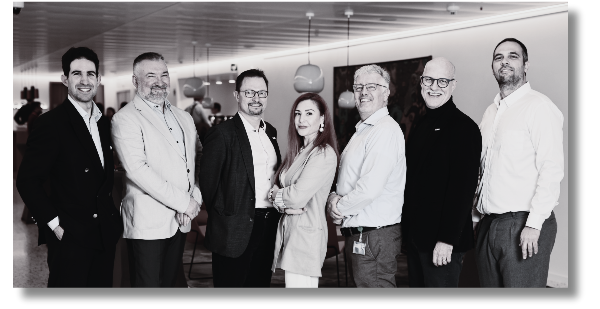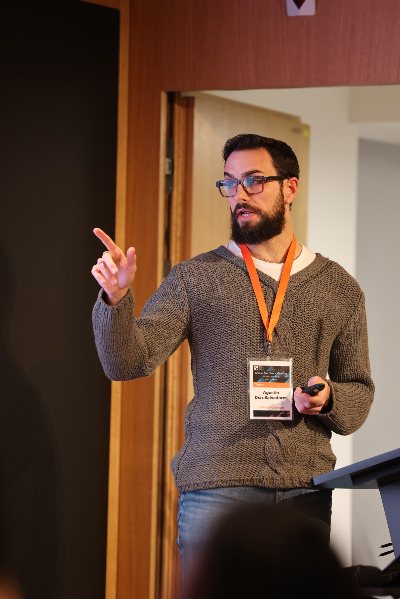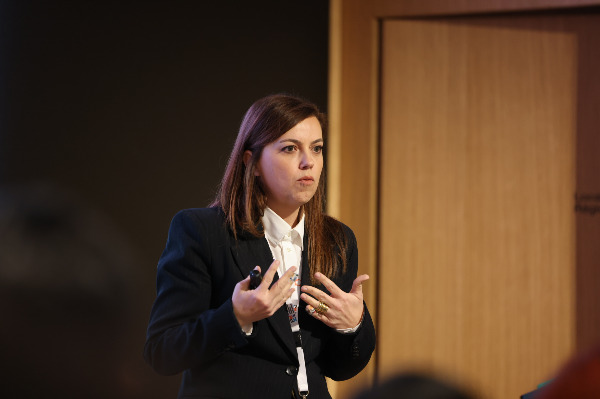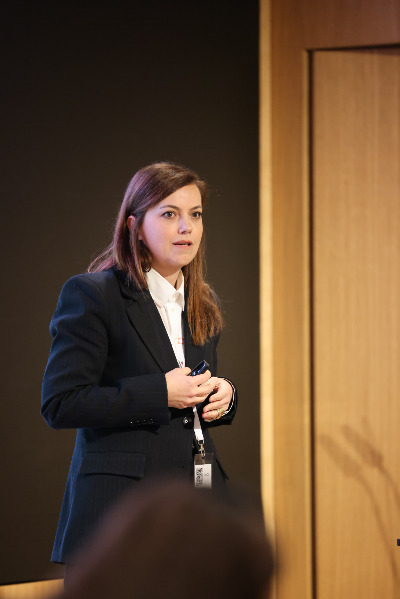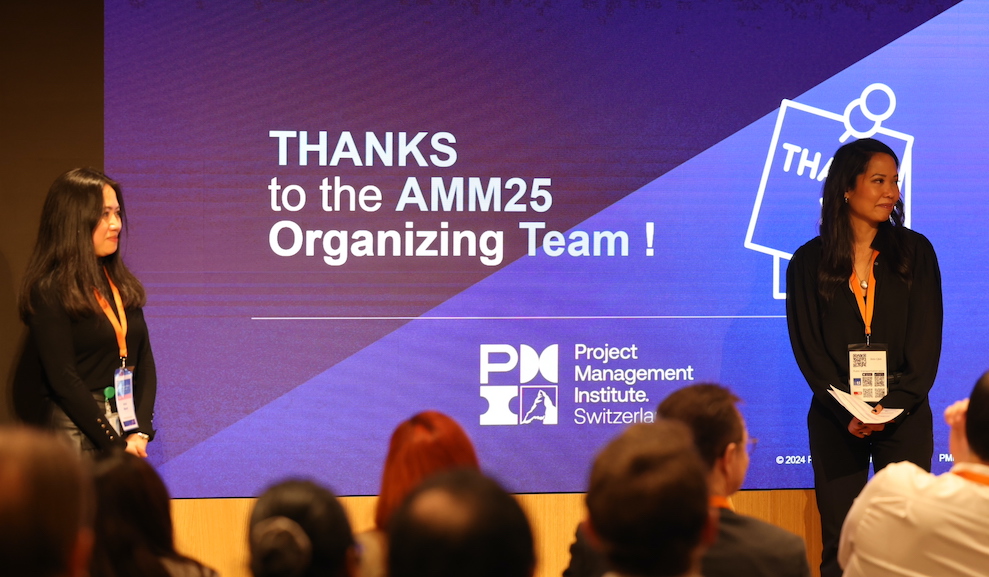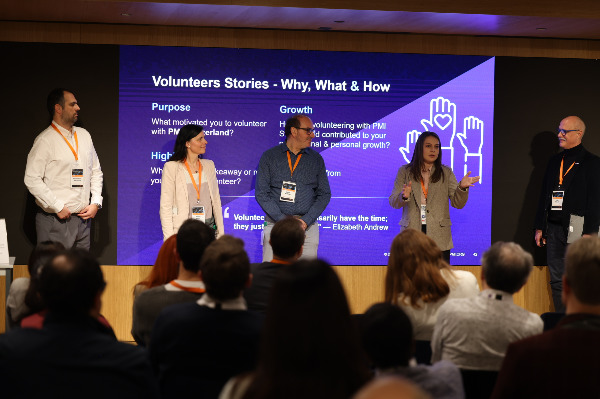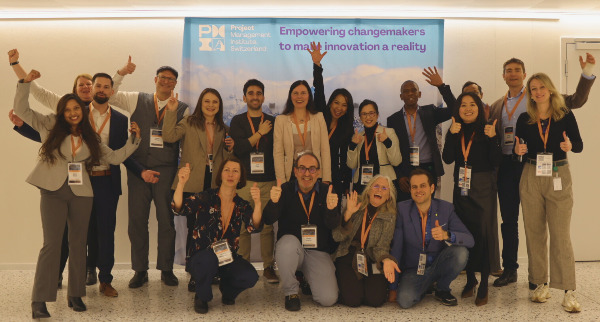
Author: Alpha Ziman, PMP, PMI-PBA
Join us in Zurich on May 15 at the SIX Convention Point, Zurich for an engaging, hands-on session designed to future-proof your team dynamics in today’s fast-paced work environments.
In this dynamic event, you’ll experience Authentic Relating Games—powerful tools project leaders can use to deepen connection, trust, and communication, even under pressure.
You’ll also receive an exclusive sneak preview of Own Your Armor™—a groundbreaking conflict framework. It helps teams shift from defensive patterns to joint accountability by uncovering the unspoken dynamics beneath the surface.
You will gain:
- Fresh insights into how everyday stressors influence team behavior
- Practical tools to elevate your leadership, enhance collaboration, and strengthen stakeholder communication
- Real-time experience with techniques that improve team cohesion
In addition to gaining valuable insights into authentic leadership and team dynamics, attendees will earn 0.5 Ways of Working PDUs and 1 Power Skills PDU toward their professional development requirements. It’s a win-win for your leadership growth and certification goals.
This exclusive event has limited seating, and spots are filling up quickly. Don’t miss your opportunity to be part of it—register today to secure your place and empower your team for long-term success. Register Now!
A special thank-you to the SIX PM Community and SIX Group for generously sponsoring the venue for this event. Your support helps make this powerful experience possible.
About the Facilitator: Catherine Peloquin

Catherine Peloquin is an organizational development consultant, executive coach, and embodied leadership expert. With over a decade of experience, she has helped high-performing teams navigate agile transformations, foster authentic communication, and lead large-scale culture change across industries.
Alpha Ziman, PMP
 Author: Luis Aragon, PMP
Author: Luis Aragon, PMP
